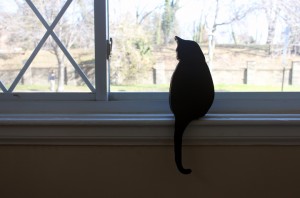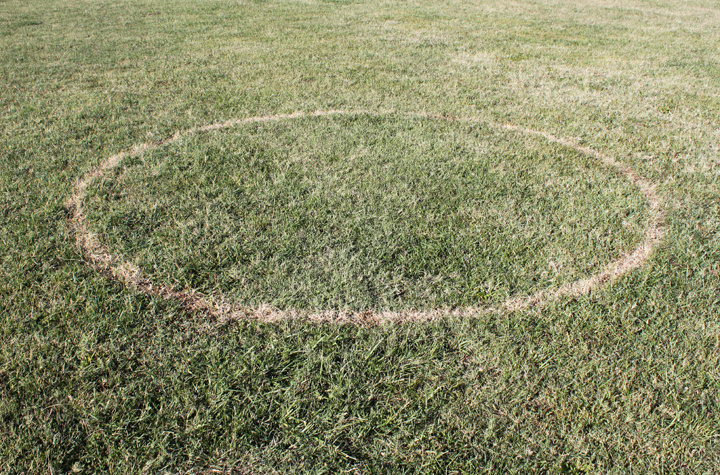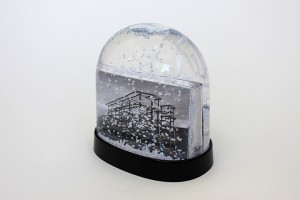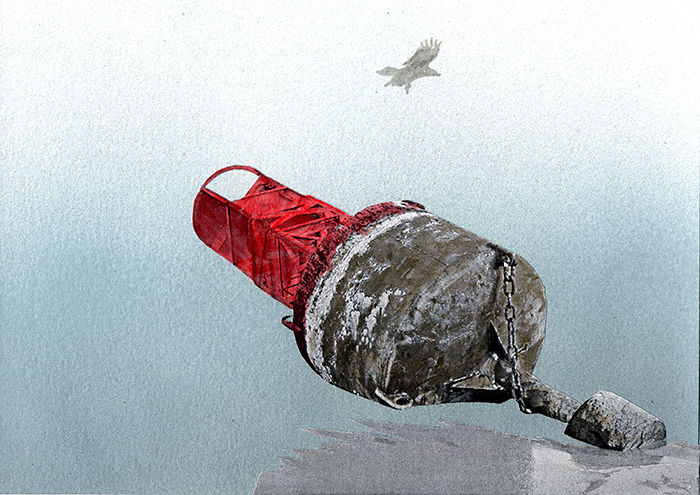This is the thirteenth in a series of interviews with each of the Sondheim Award Semifinalists. Finalists will be announced in mid-April, and will be on exhibit at the Walters Art Museum June 21 to August 17; those not selected as finalists with be exhibited at the Decker, Meyerhoff and Pinkard Galleries at MICA July 17 to August 3, 2014.
Name: Adam Farcus
Age: 30
Websites: www.adamfarcus.com
leaseagreementbaltimore.blogspot.com
Current Location: Waverly neighborhood, Baltimore, MD
Hometown: Coal City, IL
School: Undergraduate: Illinois State University (BFA – painting/drawing)
Graduate: University of Illinois at Chicago (MFA – studio art)
Current favorite artists or artwork: (This is tough because there are so many) – Jason Dodge, Vanessa Safavi, Gabriel Orozco, Amalia Pica, Amanda Ross-Ho, David Hammons, Bill Conger, Pierre Huyghe, Oscar Tuazon, The Jogging, Vanessa Place, Kenneth Goldsmith, Karin Sander, Felix Gonzalez-Torres, Agnes Martin, Carol Bove…
What is your day job? How do you manage balancing work with studio time with your life? I am an adjunct professor in Art History at MICA and also the Gallery Director for the Hodson and Whitaker Galleries at Hood College. I also co-direct Lease Agreement, an alternative space in my house. I often come up with ideas, or update old ideas, throughout the course of my day. This means that I always feel like I am working on my studio practice. But, physically working in my studio happens primarily happens when I need to (to execute or test ideas) or when I have time to. I will have a more regular schedule in the Fall and plan to have studio hours (T/Th: 12p – 4p, F-Su: 9a – 3p).

Garrison (from the series, Garrisons) (acrylic paint, wood glue, and wood; installed in every window) 2013-2014, roughly 10″ x 8″ x 2½”
How would you describe your work, and your studio practice? My work is conceptual, in that it often begins with an idea and moves to research and making. The concept often dictates the medium and materials for a work. I purposefully leave conceptual space or play in my pieces to allow for both emotional affect and a variety of interpretations.
What part of artmaking to you like or enjoy the most? The least? I most enjoy the research and testing of ideas, and least enjoy repetitive work.
What research do you do for your art practice? The research I do includes traveling to sites, photographic documentation and categorization of said photographs, internet searching, and reading. Most often I amass a collection of photographs and notes on things I’ve found in the world before I move into production.
What books have you read lately you would recommend? Movies? Television? Music?
Maggie Nelson, Bluets (read this for the third time a few weeks ago) – book
The Walking Dead – tv show
Edward Mullany, Figures for an Apocalypse – book
Mary Pipher, The Green Boat: Reviving Ourselves in Our Capsized Culture – book
Marjorie Perloff, unoriginal genius: poetry by other means in the new century – book
Flying Lotus, Until the Quiet Comes – music
Locrian – music
Do you ever get in creative dry spells, and if so, how do you get out of them? I only get dry spells if I am too busy with teaching or with one of my three galleries. In these situations I prioritize making by doing it first thing in the morning. The rest of the day then is for “work” and it usually easier to do if I spend time in the studio beforehand.
How do you challenge yourself in your work? I have the best critic as a partner, Allison Yasukawa. We share a studio and support each other out a lot in our practices. I also take time read and to see art as much as I can.
What is your dream project? A piece called Deluge that would be installed around the city at a variety of public sites and gallery locations. Each site of the installed piece consists an audio track of cawing crows and ocean/bay buoys that are chained to the ground or floor. The title of the piece has slightly different parenthetical titles which corresponds to that location’s current height above sea-level. By example, if this piece were installed at the Ynot Lot it would be titled Deluge (94.094 feet). Or, an installation of the piece at Rash Field (near the Maryland Science Center) it would be titled Deluge (7.414 feet).



